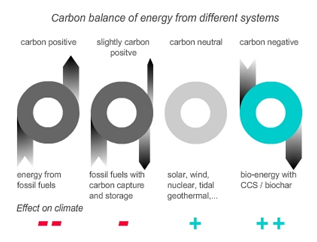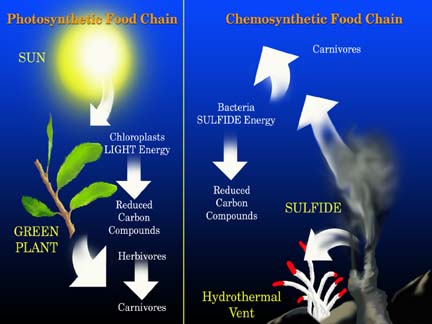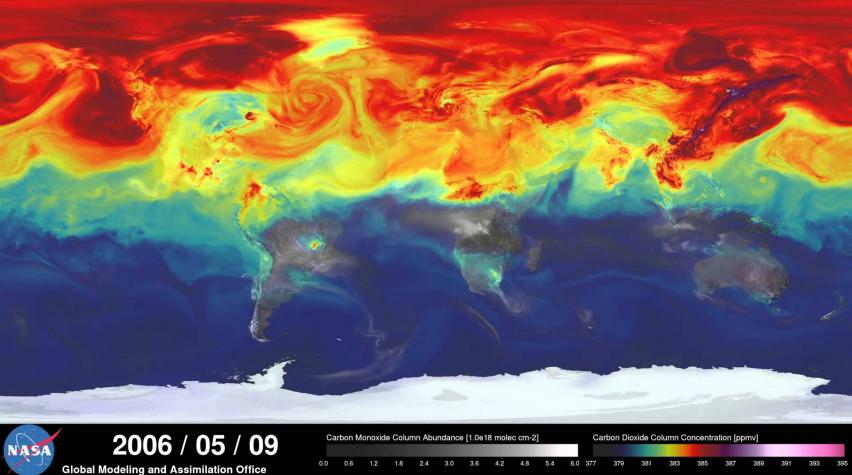
A Global Plan: Chemosynthetic Managing of the Water/Energy/Nutrient Nexus (WENN) by CO2 Negative/RCP 2.6
Pitch
The oceans offer us abundant bio-energy, water and other critical commodities. And, we need to achieve RCP 2.6 (neg. global emissions) soon.
Description
Summary

(RCP 2.6)
Ocean resources can supply a vast/sustainable supply of water, nutrients and CO2 negative energy. The STEM needed to radically expand the production of these critical commodities is extant and offers a rapid path to achieving the RCP 2.6 metastrategy.
A basic overview:
1) IPCC (WG3)-"..the combination of bio-energy, carbon capture and..storage (BECCS)...if biomass is grown sustainably, this combination may lead to negative emissions". This proposal is a BECCS class proposal.

2) Marine Biomass- International interest in sustainable marine biomass production is high.
3) Large scale oceanic concepts under development (a)(b)(c).

4) The Gas Exchange of Hydrogen-adapted Algae as Followed by Mass Spectrometry- Chemosynthetic production of micro-algal based biochar/biofuel/food/feed/fertilizer and fresh water production.

5) Alabama Gets First-In-World Carbon-Negative Algae Biofuel-Photosynthetic based CO2 negative fuel production. Chemosynthetic based cultivation, coupled with marine resources, is a far cheaper system due to multiple factors.

6) NASA's OMEGA Project. "...to grow algae, clean wastewater, capture carbon dioxide and..produce biofuel without competing with agriculture for water, fertilizer or land.".

7) The IMBECUS Protocol: Working draft of an international marine centric STEM and cooperative governance scenario.
The above chemosynthesis technology can be used in terrestrial or marine tanks or pipelines converted over to function as 'dark bio-reactors'.
Interestingly, due to the high level of 'public/civic use' need (i.e. existential need for AGW mitigation/adaptation), emanate domain laws (EDLs), in some nations, can be used to secure existing pipelines/lands for conversion to chemosynthetic bio-reactor type pipelines.
Using EDLs to acquire existing right-of-ways and pipelines avoids significant new construction costs.

(First Biodiesel Pipeline...Future Dark Bio-reactor?)
Thus, energy, water and nutrients etc. can move along the same land utility (2M km+ in US).





What actions do you propose?
Who will take these actions?
This proposal recommends the formation of a 'Social Benefit Corporation' (B Corp) as the primary agent of change. This approach is expanded upon within the IMBECUS Protocol Draft.
Where will these actions be taken?
Universal
What are other key benefits?
What are the proposal’s costs?
Time line
Related proposals
United States’ Climate Action Plan
Land Use: Agriculture, Forestry, Livestock
Energy solutions for Latin America-
Waste Management-Urban Level Energy/Water/Nutrient Nexus Management Through Chemosynthesis
Atypical ideas for CO2 Neutrality-Urban Level Energy/Water/Nutrient Nexus Management Through Chemosynthesis
Energy-Water Nexus- Urban Level Energy/Water/Nutrient Nexus Management Through Chemosynthesis
References
Please watch this NASA video while noting the primary point source of vast scale CO2 emissions from highly urbanized regions:

Energy–nutrients–water nexus: Integrated resource recovery in municipal wastewater treatment plants
Chemosynthesis/Oxyhydrogen Reaction in Algae
The IMBECUS Protocol Draft: Environmental and Political Risk Reduction of Global Carbon Management
The Blue Biochar Initiative (BBI) website
Bio-oil and bio-char characterization from microalgal biomass:
The Sustainable Shipping Initiative
Establishing offshore autonomous communities:current choices and their proposed evolution
Evaluation of Integrated Anaerobic Digestion and Hydrothermal Carbonization for Bioenergy Production
Recirculating Aquaculture Systems
Low cost, high purity fish protein isolate hits global market:
Marine Aquaculture in the United States: Environmental Impacts and Policy Options